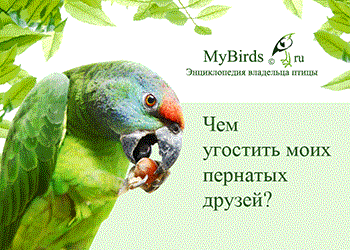The budgerigar (Melopsittacus undulatus) also known as common pet parakeet or shell parakeet and informally nicknamed the budgie, is a small, long-tailed, seed-eating parrot. Budgerigars are the only species in the Australian genus Melopsittacus, and are found wild throughout the drier parts of Australia where the species has survived harsh inland conditions for the last five million years. Budgerigars are naturally green and yellow with black, scalloped markings on the nape, back, and wings, but have been bred in captivity with colouring in blues, whites, yellows, greys, and even with small crests. Budgerigars are popular pets around the world due to their small size, low cost, and ability to mimic human speech. The origin of the budgerigar’s name is unclear. The species was first recorded in 1805, and today is the third most popular pet in the world, after the domesticated dog and cat.
Wild budgerigars average 18 cm (7 in) long, weigh 30–40 grams (1.1–1.4 oz), and display a light green body colour (abdomen and rumps), while their mantles (back and wing coverts) display pitch-black mantle markings (blackish in fledgelings and immatures) edged in clear yellow undulations. The forehead and face is yellow in adults but with blackish stripes down to the nose in young individuals until they change into their adult plumage around three to four months of age. They display small, purple cheek patches and a series of three black spots across each side of their throats (called throat spots). The two outermost throat spots are situated at the base of each cheek patch. The tail is cobalt (dark-blue); and outside tail feathers display central yellow flashes. Their wings have greenish-black flight feathers and black coverts with yellow fringes along with central yellow flashes, which only become visible in flight or when the wings are outstretched. Bills are olive grey and legs blueish-grey, with zygodactyl toes.
The colour of the cere (the area containing the nostrils) differs between the sexes, being royal blue in males, pale brown to white (nonbreeding) or brown (breeding) in females, and pink in immatures of both sexes (usually of a more even purplish-pink colour in young males). Some female budgerigars develop brown cere only during breeding time, which later returns to the normal colour. Young females can often be identified by a subtle, chalky whiteness that starts around the nostrils.
Breeding in the wild generally takes place between June and September in northern Australia and between August and January in the south, although budgerigars are opportunistic breeders and respond to rains when grass seeds become most abundant.[9] They show signs of affection to their flockmates by preening or feeding one another. Budgerigars feed one another by eating the seeds themselves, and then regurgitating it into their flockmate’s mouth. Populations in some areas have increased as a result of increased water availability at farms. Nests are made in holes in trees, fence posts, or logs lying on the ground; the four to six eggs are incubated for 18–21 days, with the young fledging about 30 days after hatching.
Male specimens of budgerigars are considered to be one of the top five talking champions amongst parrot species, alongside the African grey, the Amazon, and the Eclectus parrots, and the ring-necked parakeet.








